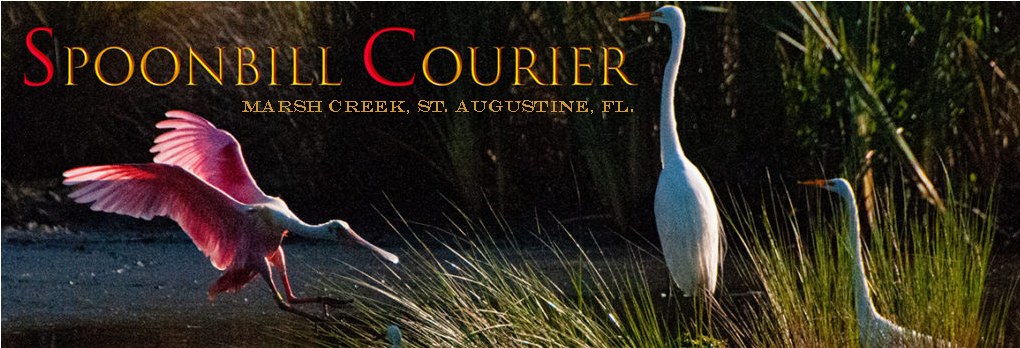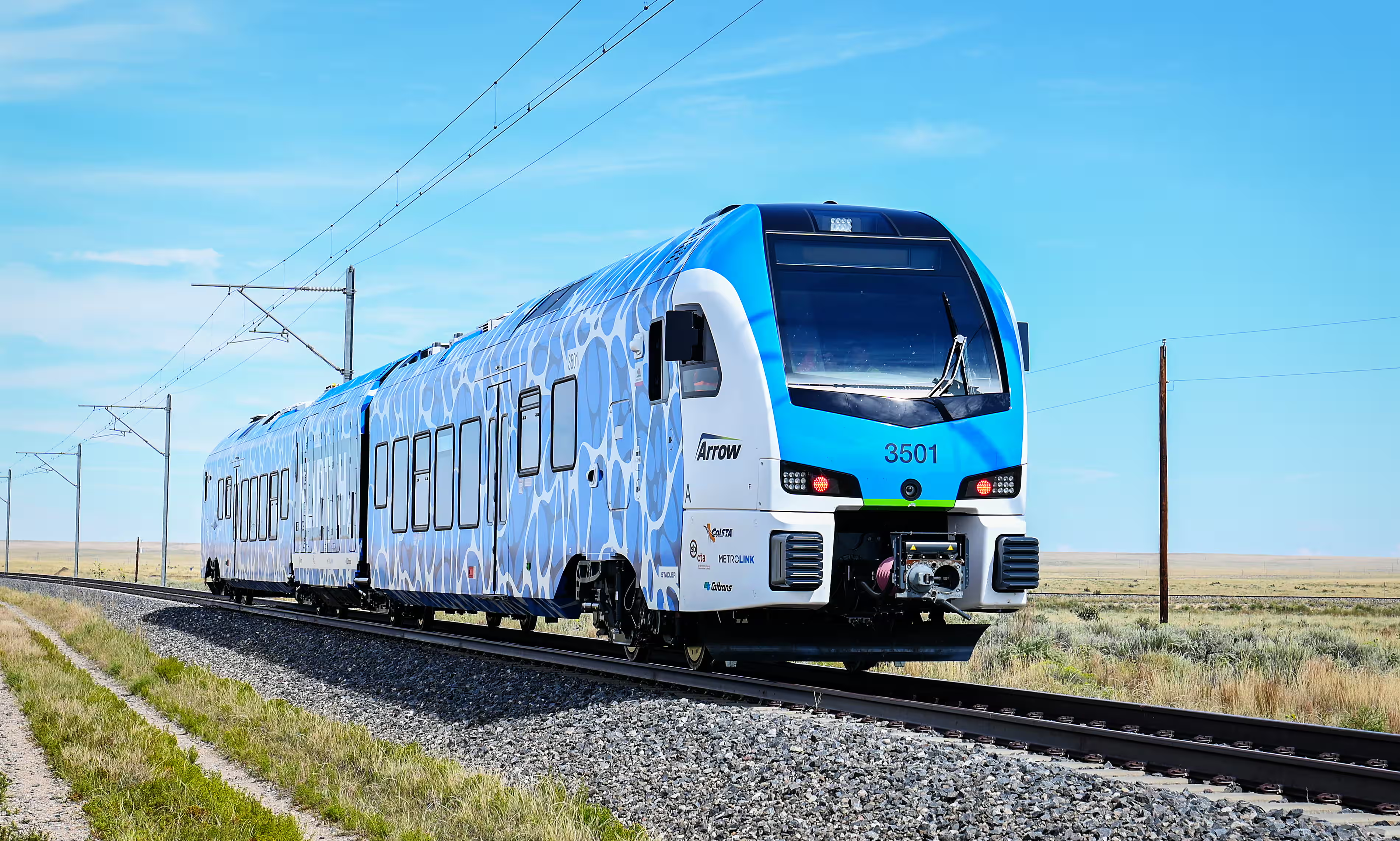By Brian Nelson
I had really never fancied taking a cruise. Reports of near hand-to-hand combat for a spot in the buffet line was not – shall I say it? – appetizing.
Instead, my North Star is the open road, the go-wherever-you-want rental car, and the chance to let curiosity and serendipity reign supreme.
However …..
On my bucket list were the Norwegian fjords.
And if I was ever going to see them, so my thinking went, wouldn’t the best way be from water? Seemed reasonable.
So, when Louise and I came across the Vikings Homelands cruise, well it just all came together. Not only did the Viking Homelands Cruise offer the Norwegian fjords as the centerpiece of a 15 day nomadic Baltic cruise, but the bonus was two days in St. Petersburg, Russia! Heck, that alone could be the reason for going. And with Viking, it was all wrapped up in one simplified, visa-free package.
So, in August of 2019, we landed in Oslo, Norway. Adding the Norwegian capital to our journey, the “Oslo Extension”, gave us a chance to get over some jet lag before embarking on a scenic train ride across the country’s forested interior en route to our ship, the Viking Sky, docked in Bergen, on Norway’s west coast.


A few things struck us about Oslo. The first, as we made our first venture out, was the impressive beauty of the Oslo Concert Hall across the street from our hotel. Here we were in Oslo, Norway, enjoying a walk on a pleasant, warm summer day, and that granite and glass avant-garde behemoth emerging from a granite surface across the way seemed to almost shout, “Hey! Norway has frigid, windswept winters!!” In case you weren’t aware.
We looked at it, realizing it’s unique. We stumbled across a lost and stranded iceberg, out of its habitat, waiting for the snow and ice to return. Or so it felt.

But walk through the doors of this architectural marvel, and winter melts away. The visitor is met with swirling sweeps of warm honey that seem to reach down and embrace you like a snug Norwegian sweater.


The floor to vaulted ceilings are awash in sunlight and a spectacular expanse of South American mahogany, accommodating two concert halls (1600 and 266 seats), several meeting and practice rooms, large foyers and bars, a box office and an office wing. But the striking thing, again, is the warmth a visitor feels. Amazing how honey colored wood can do that. The white marble floors are tempered, again, by Merbau Parquet flooring from Malaysia.
Bah! Winter? What winter?
In a nutshell, this was Norwegian living: the constant struggle – not fighting off the cold, but learning to live with it.

Crossing back to the hotel, we admired the Oslo Central Station. More than train terminal, the station is a fixture in downtown life because of its role as dining emporium at all hours of the day. Running on fumes from our long journey from Orlando, we chose Italian: the Bambina Ristorante. The service warm and friendly, the food delicious. And with that, jet lag set in. We easily succumbed, eager for Day 2.


Day 2 was a walk in the park, literally: Vigeland and Frogner Parks, two famed sites that abut, and are home to the sculpture park & museum displaying the works of Norwegian sculptor, Gustav Vigeland.
Mr. Vigeland certainly had an eye for detail. And a remarkable talent for portraying the human body in fluid, lifelike motion. You can see for yourself in these photos.

Next up, Holmenkollen Ski Jump, Oslo’s famous Olympic event site. It boasts being the only steel ski jump in the world. Nestled on top of the city’s hilly suburbs, the Holmenkollen jump was christened in 2010, built with its own wind protection for competitors. Judging from the elevation, even on a calm summer day, a visitor understands why skiers have to be protected from becoming airborne drones. The jump is not entirely quiet during this summer lull. Daring Norwegians wanting a taste of Olympic thrill, can “zip” the jump, on a zip line.


And how serious do Norwegians take skiing? As we descended the hill in our bus … coming UP the hill … as this photo shows, we encountered just one of several cross country “ski-skaters”, training vigorously for the next winter’s snow skiing competitions. In fact, up by the base of Holmenkollen Ski Jump, we heard gunshots. And those were blank rounds, coming from summer trainees for the biathlon, or skiskyting (literally ski shooting). Part of military training in Norway, it is a fixture winter Olympic event combining cross-country skiing and rifle shooting.
Before we get too far thinking Scandinavians are a bit crazy about winter, Canadians, too, can get a bit strange about their ice hockey. In the days when Canadian kids played mostly on outdoor hockey rinks, and many still do, they took up “street hockey” when the ice melts, and play that until grass emerges and soccer and baseball take over. And that tradition continues.
Finally, our last and perhaps most longed-for stop this day, the Viking Ship Museum, one of several big highlights of the 15-day trip.

The Vikings, as we learned in school and certainly recall from a recent popular TV series, were a nomadic people who spent their summers sending out raiding parties. The Vikings in Norway, Sweden and Denmark fought themselves, fought other clans around the region, and voyaged west to Newfoundland, south to England and France, and explored even further south to the Middle Eastern countries in the Mediterranean.
And THIS was their ride. An uncovered Norse rowboat, of sorts. With oars, but no protection from the elements. Yet they sailed it into and across the roughest waters of the North Atlantic, the North Sea, the Baltic Sea, and the Mediterranean. Safely enough to return home with their loot.

How they managed is the question you ask once you’ve seen these open sea-going ships. The Oseberg (above), is a relic believed to have been built around AD 820. It only sailed for a few years before awarded the honor of serving as the ornate casket for two prominent women. The ship was unearthed from a large burial mound in 1903.

The Gokstad is another Viking ship from the same era, and it too was unearthed from a large burial mound. The Gokstad’s 1880 discovery also produced an abundance of other Viking artifacts, including a sleigh. Oslo’s Viking ship Museum contains an abundance of these and similar artifacts, including shoes, a wagon, and cooking ware, some shown here.
And yes, there is ample evidence of the Vikings’ raiding and pillaging history as well. On display in the museum is a Viking war helmet whose owner may very well have been wearing it when he met his (or her) demise. And below, a great find: a very ornate Viking sword.



Next stop: Bergen




















in a word: Brilliant!
A fantastic travelogue.
I remember how much you two enjoyed this cruise, and by re-visiting it through this journal I can certainly see why! Great photos; I especially enjoyed the Viking relics! Thanks for sharing, Brian.
Loved this! Looking forward to more!
I too say Wow! What. an incredible journey! So well presented and the photographs are beautiful! Thank you for sharing.
I too say Wow! What. an incredible journey! So well presented and the photographs are beautiful! Thank you for sharing.
Wow! What an incredible journey! And what brilliant writing and photography! This Viking cruise is now on my bucket list! Thanks so much for sharing your experience.